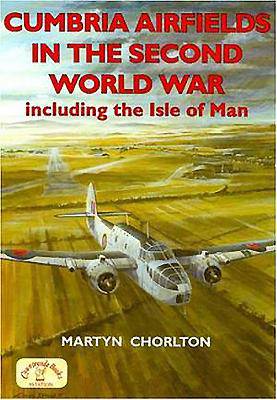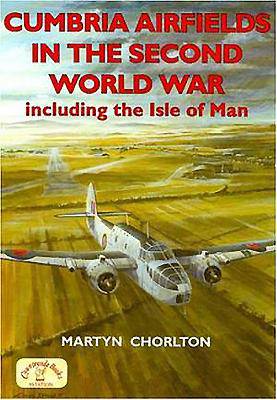
- Retrait gratuit dans votre magasin Club
- 7.000.000 titres dans notre catalogue
- Payer en toute sécurité
- Toujours un magasin près de chez vous
- Retrait gratuit dans votre magasin Club
- 7.000.0000 titres dans notre catalogue
- Payer en toute sécurité
- Toujours un magasin près de chez vous
19,45 €
+ 38 points
Description
As the storm clouds of war were gathering over Europe in 1938, construction work began on two of Cumbria's biggest aircraft maintenance units - at Kirkbride and Silloth. Throughout the war these two airfields would handle between them literally thousands of aircraft, preparing new ones for the front-line and modifying and repairing others. Cumbria and the Isle of Man had early on been marked down as suitable places to build flying schools because of their relatively uncluttered skies and generally good weather. The Isle of Man also had an abundance of both bombing and air-to-air ranges which attracted an Air Gunnners School (Jurby and Andreas), Ground Defence Gunners School (Ronaldsway) and various bombing and gunnery schools located on the island throughout the Second World War. This book describes the history of the different airfields and the varied but vital role they played in Britain's overall war effort. It also records the lives of the people caught up in the titanic struggle - both military and civilian. Martyn Chorlton has had a life-long interest in aviation, served in the RAF for nearly 13 years and is the author of Leicestershire & Rutland Airfields in the Second World War and Airfields of North-East England in the Second World War.
Spécifications
Parties prenantes
- Auteur(s) :
- Editeur:
Contenu
- Nombre de pages :
- 256
- Langue:
- Anglais
- Collection :
Caractéristiques
- EAN:
- 9781853069833
- Date de parution :
- 01-10-06
- Format:
- Livre broché
- Format numérique:
- Trade paperback (VS)
- Dimensions :
- 163 mm x 211 mm
- Poids :
- 553 g

Les avis
Nous publions uniquement les avis qui respectent les conditions requises. Consultez nos conditions pour les avis.






